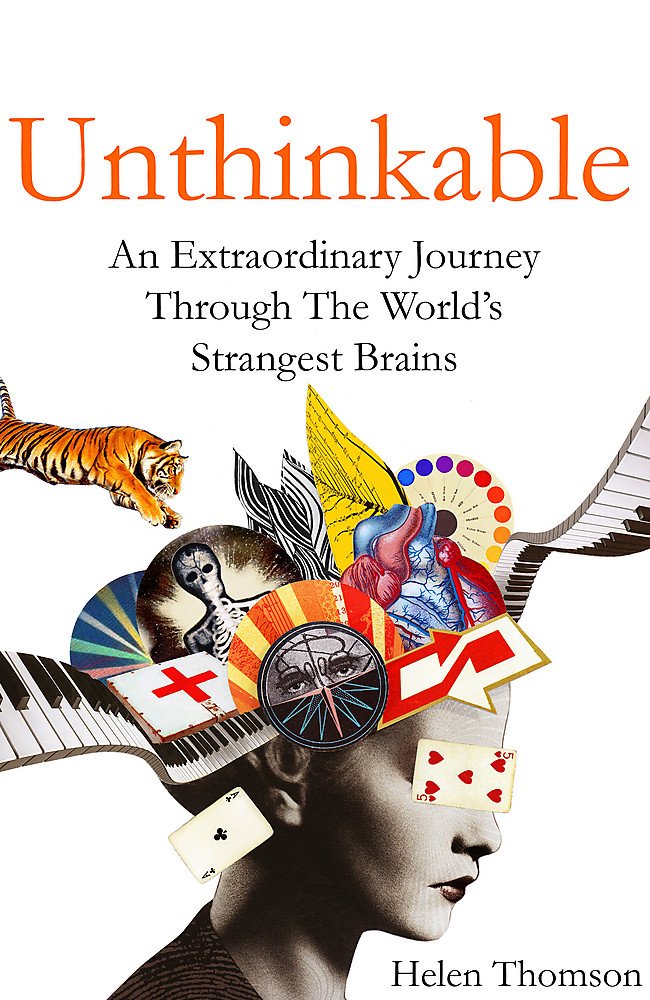I recently picked up Unthinkable by Helen Thomson at the local library. It is a book about unique brains. Each chapter explores the story of a patient whose brain is notably different than the “norm” for various reasons. My favorite Chapter, “Seeing Auras”, is about a gentleman who sees colors with people not in a psychic reading sort of way, but as an add on to things like body language, emotion cues, etc.
Thomson goes on to discuss a brief overview of synesthesia. Synesthesia is defined by Merriam Webster as: “a subjective sensation or image of a sense (as of color) other than the one (as of sound) being stimulated”. A synesthete can hear color or see colors with music. There is an overlap in sensory experience. Thomson explains that these sensory pathways in our brain already run close together, and it is believed that synesthesia is a result of “pathways of communication between sensory regions that don’t normally exist”. (Thomson, 80).
Thomson then suggests that we may all have aspects of synesthesia and can
strengthen or build these crossovers with use. Now to get to why I am writing about this on my blog: I think artists inherently build unique ways of seeing the world through the act of making art. A plein air painter will begin to notice colors in light that a non painter might not. A sculptor my feel the sensation of certain sounds or smells in the molding of clay or bending of metal. From personal experience, I know that I see shapes and colors in places I once did not. And many of my students have expressed similar sentiments.
Simply put, the practice of art is not just about developing the skills of mixing greens, using the right marks, or understanding perspective. The repetition and practice of art regularly is literally rewiring your brain and changing way you experience the world. This cannot be learned. You must grow it by making art regularly like building a muscle. Artists of all experience levels benefit from challenging themselves and being uncomfortable. It is only when we step out of our comfort zone that we create new connections, break mindless habits, and add complexity to our senses.
Helen Thomson, Unthinkable, Harper Collins, 2018

